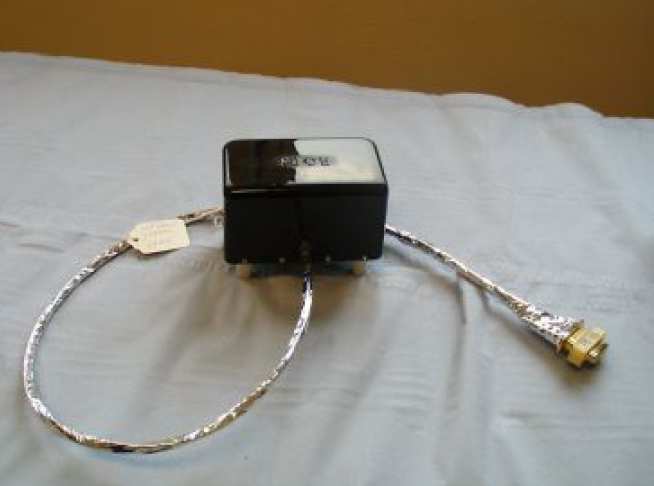Sensors

The Cluster sensor couples a lightweight design (300g) with good low-noise performance. The sensor and accompanying electronics were designed and built by Goddard Space Flight Center.
Key Features
- measures magnetic field in sensor x, y and z directions separately, data then transposed to other coordinate systems
- improved linearity through operation in null field mode, where current feedback nulls out the field measured in the sense coil
- 3 ring cores used - one per axis
Mass optimisation through:
- common sense/feedback coils
Minimisation of thermal effects
- sensor and pigtail wrapped in insulating MLI
- Delrin stand offs to thermally isolate the sensor from boom
- low power heater inside sensor to maintain sensor temperature during eclipse
- sensor temperature monitored by non-magnetic thermistor
Key Performance measures
- noise density < 10pT/√Hz over the temperature range from -35ºC to 25ºC
- digital resolution 7.5pT in most sensitive range (-64nT to +64nT)
- scale factor drift < 40 ppm/ºC
- sensor operating range: -80ºC to 70ºC
sensor survival range: -130ºC to 90ºC - electronics operating range: -20ºC to 50ºC
electronics survival range: -30ºC to 60ºC


